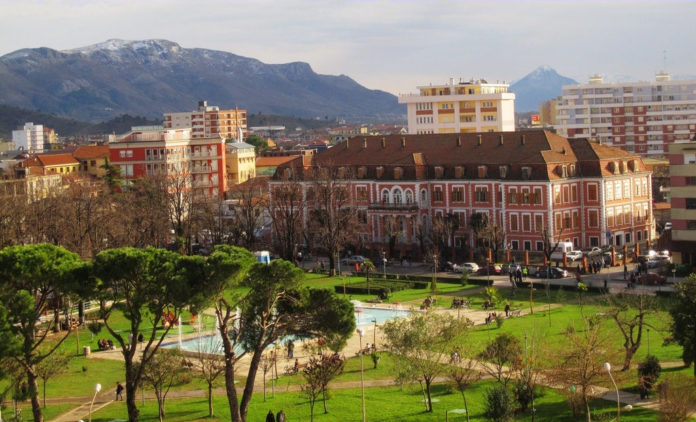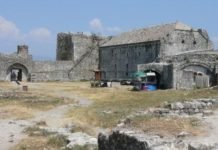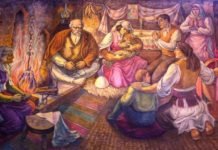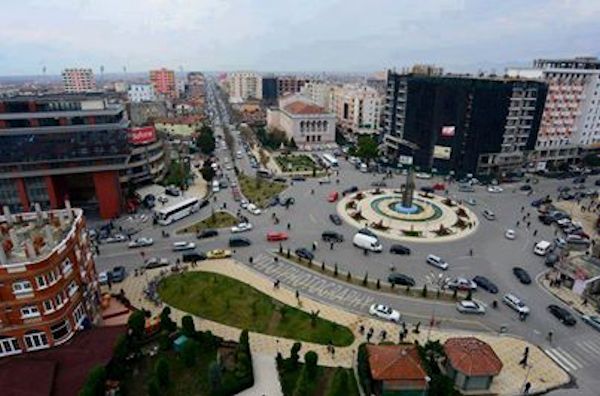 Shkodra, one of the largest and most important cities of Albania, lies in the north-western part of the country. It is also one of the most ancient, established in the 4th century B.C. During the reign of King Gentius, Shkodra became the capital of the Illyrian state. In the 14th century Shkodra was the centre of the principality of the Balsha family. The city was originally named Scutari.
Shkodra, one of the largest and most important cities of Albania, lies in the north-western part of the country. It is also one of the most ancient, established in the 4th century B.C. During the reign of King Gentius, Shkodra became the capital of the Illyrian state. In the 14th century Shkodra was the centre of the principality of the Balsha family. The city was originally named Scutari.
Shkodra nowadays is one of the main centres of Albanian culture and history. The main attraction of the city is the Rozafa Castle, which belongs to the Illyrian period. The legend of a woman, who was immured on its foundation, speaks of its antiquity. In Shkodra, there are a great number of natural and architectural places surrounding the city to be visited, such as Velipoja beach, the Shkodra Lake with the picturesque villages. Shiroka and Zogaj are two places nearby, where one can enjoy the unique cooking of the carp dish.
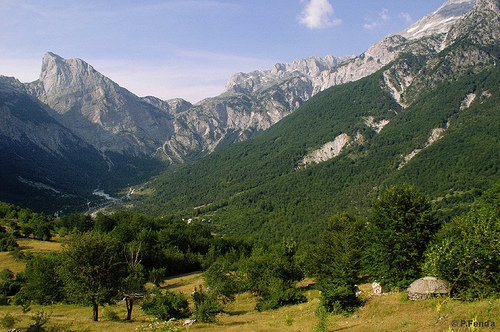 Shkodra is the gateway to the magnificent Alps of Albania. The Albanian Alps named Bjeshkët e Namuna (The Cursed Mountains) shared between Albania, Kosovo, and Montenegro are one of the most beautiful regions of the entire Balkans, and one of the last hidden treasures of Europe. The whole area is a natural paradise, famous for the beauty and grandeur of its mountains, lakes, rivers, waterfalls, valleys, glaciers and abundant thermal springs, and for the wide variety of fauna and flora, including many endemic and threatened species.
Shkodra is the gateway to the magnificent Alps of Albania. The Albanian Alps named Bjeshkët e Namuna (The Cursed Mountains) shared between Albania, Kosovo, and Montenegro are one of the most beautiful regions of the entire Balkans, and one of the last hidden treasures of Europe. The whole area is a natural paradise, famous for the beauty and grandeur of its mountains, lakes, rivers, waterfalls, valleys, glaciers and abundant thermal springs, and for the wide variety of fauna and flora, including many endemic and threatened species.
Shkodra (alb. Shkodër), the largest city in the north of Albania (87,500 inhabitants, 2008 estimate), is located on the east side of Shkodra Lake, on the southern part of the Mbishkodra plain, between the rivers Drini and Buna. The city is one of the oldest in Albania and it is also an important cultural and economic center.
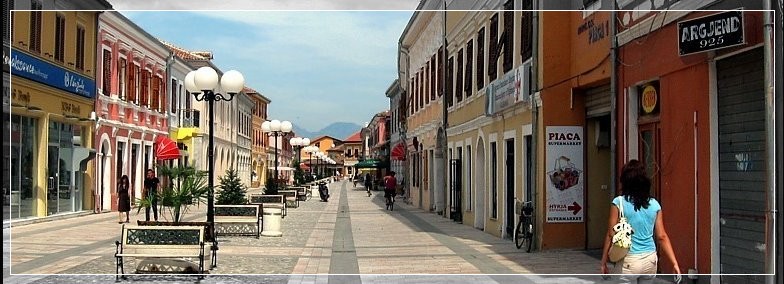
Walking pavement in the center of Shkodra, called “Piazza”
Shkodra has been inhabited continuously since its foundation in the 4th century BC. It was the chief town of Illyrian tribe of Labeats and later on during the reign of King Gent and Queen Teuta the chief centre of the Illyrian state. In the year 168 BC, the city was taken by the Romans and it became an important trade and military route for them. In 1040 AD, Shkodra was captured by the Serbs and became an important economic and administrative center. In 1396, the city came under Venetian rule, forming a coalition against Ottoman Empire. Despite resisting attacks for some years, Shkodra fell under Turkish rule in 1479. Many inhabitants fled shortly after the occupation that devastated the city. It did not gain its prosperity until about the 17th century.
During its long history the city has played important role in Albanian culture and history. In the southerly part of the city rises the Castle of Rozafa, and in the surrounding neighbourhood there are prehistoric burial grounds and both ancient and medieval fortified settlements.
 Rozafa Castle
Rozafa CastleToday the city and the area around it is blessed with numerous different natural and cultural objects. The city retains its characteristic appearance with narrow streets with tall stone walls on both sides and tall gates. After World War II, Shkodra rebuilt with wider streets and new residential buildings. These were built in several new quarters.
Apart from being a historic centre, Shkodra has always been a centre of education, culture and trade. It has always developed and maintained links to the West, especially to Italy and Austria. Shkodra is also the centre of Albanian Catholicism as well as a fine example of tolerance between religions, with the city comprising all the major faiths found in Albania.
What to see
Rozafa Castle (fortress of Shkodra) – at the entrance of the town, 3km south of the city centre, located on rocky hill 133m high. It is one of the biggest and most famous castles in Albania. The Rozafa castle has a fascinating history, that relates to one of the most beautiful of Albanian Legends. Archaeological excavations have yielded finds extending from the early Bronze Age until the present day. Within its massive defensive walls stand the Church of St. Stephen, several Venetian administrative buildings, a belfry and some medieval rooms. There is also small museum and traditional restaurant. Open 08:00 – 22:00. Admission 200 lek.
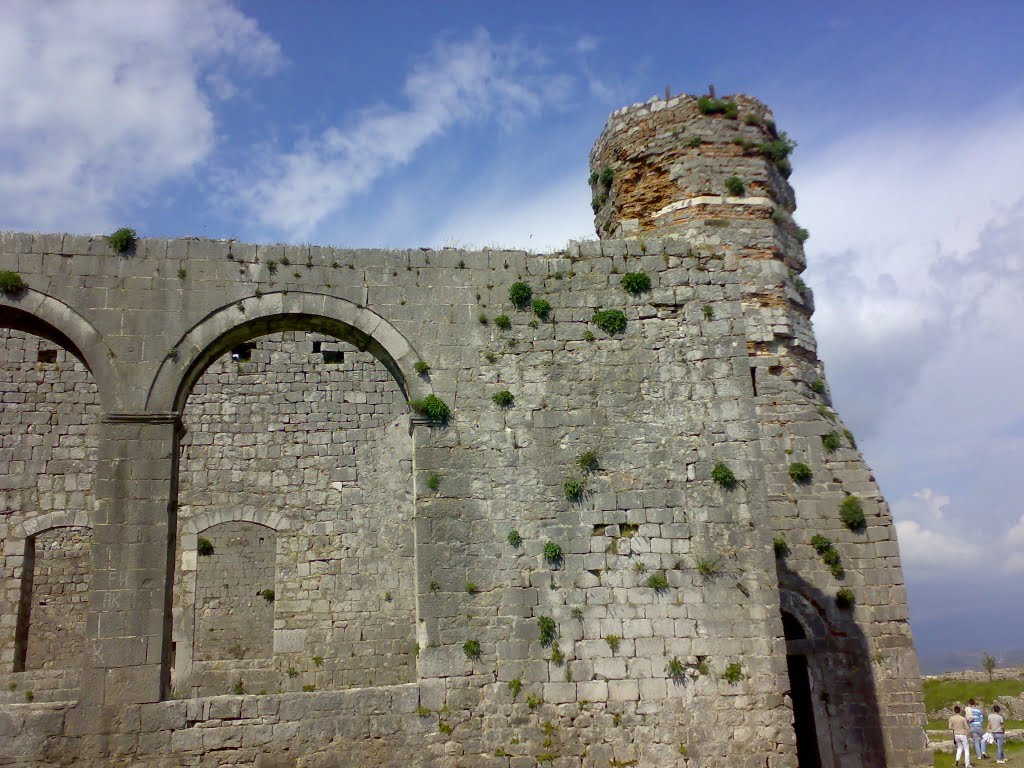 St. Stephen’s Church – stands in the principal court of Rozafa Castle. It was constructed in two phases at the end of the 13th and in the 14th century, and was later converted into a mosque.
St. Stephen’s Church – stands in the principal court of Rozafa Castle. It was constructed in two phases at the end of the 13th and in the 14th century, and was later converted into a mosque.
Leaden Mosque – stands below Rozafa Castle in a medieval quarter, once old bazaar area. It was built in 1773 by Mehmet Pasha Bushati on the model of the Blue Mosque in Istanbul, and is roofed with lead.
Nowadays used folk costumes
Historical Museum – Ottoman-era building (1815) with archaeological and ethnographic collections.
National Photo Gallery “Marubi” – is located in the centre of the town and is the richest and most important photographic archive in Albania. It contains more than 500,000 negatives, of which the earliest go back to 1858.
Catholic Cathedral (Kisha e Madhe) – one of the biggest catholic cathedrals in Balkans dedicated to St. Stephen. After it’s reconstruction in 1991, the cathedrait was inaugurated by Mother Theresa and two years later it was visited by Pope John Paul II. Inide of the cathedral is a copy of the Turin Shrout. Free Access.
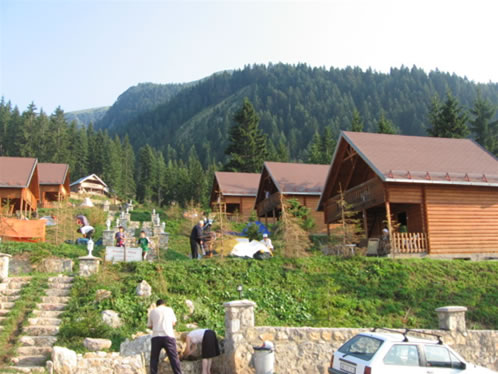 Albanian Alps – Guri i Kuq
Albanian Alps – Guri i Kuq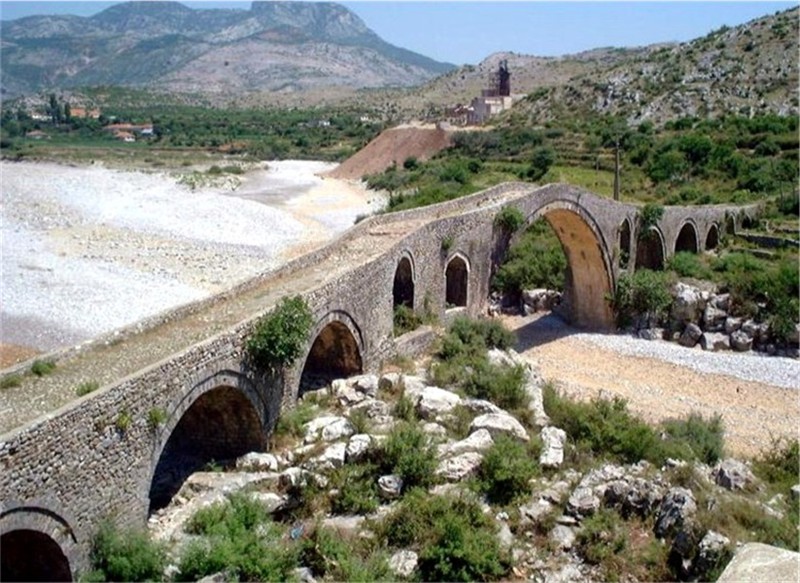 Mesi Bridge
Mesi BridgeMes Bridge (Ura e Mesit) – is 6 km north of Shkodra, near the village of Mesi, builded in 1768, over the Kir river. This is the largest and best preserved Ottoman bridge in Albania, built along the ancient trade route from Shkodra to Kosovo. The bridge is 108m long, 3m wide, with 13 asymmetrical archs. The Kir river it crosses has incredibly blue, clear mountain water and the bridge is located in a picturesque landscape.
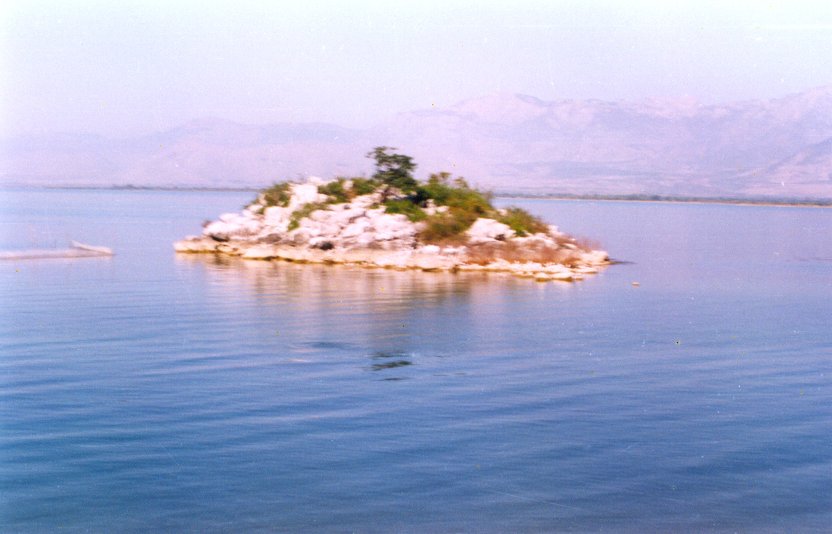 Shkodra Lake
Shkodra LakeShkodra Lake – on the border of Montenegro with Albania is in fact a former sea bay that was cut off from the Adriatic when the sea levels dropped, thousands of years ago. The lake is the largest in the Balkans at 41km long and with surface between 370-530 km2. As its depth is up to 60 metres, the bottom of the lake is well below sea level, making it a so-called cryptodepression. Shkodra Lake is one of the largest bird reserves in Europe, having some 240 bird species inhabiting its shores, including some of the last pelicans in Europe, and thus popular with birders.
Albanian Alps – embrace roughly 2240 km2 and lie in the prefectures of Shkodra and Tropoja. Thirteen peaks exceed 2500 m in height and the principal rivers are the Valbona, Shala, Cemi and Kiri. There is a great diversity of fauna and flora, particularly in the Thethi National Park. Centres of Alpine tourism are Boga, Thethi, Vermosh and Valbona.
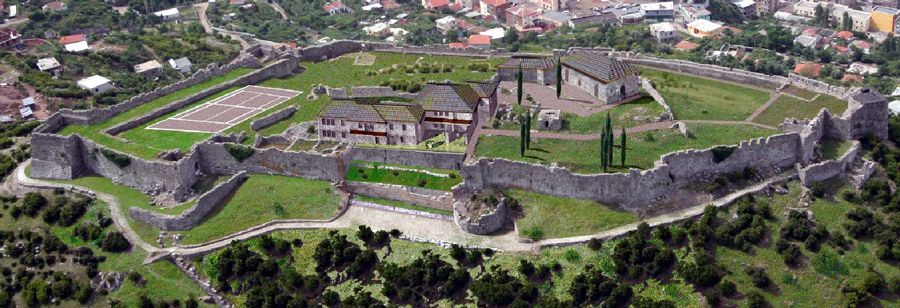 Lezha Castle
Lezha CastleLezha – town 59 km south of Shkodra founded in ancient times. Lezha was the site where Gjergj Kastrioti Scanderbeg united the Albanian princes in the fight against the Ottoman Empire. Skanderbeg is buried in the cathedral of Lezha which is dedicated to Saint Nicholas. Skanderberg museum has also the outer sector – archaeological environment with objects from Lezha ancient and medieval period, found around the museum.To the east of town on top of a 186m high hill is located Lezha Castle, which bears traces of Illyrian, Roman, Byzantine and Ottoman architecture.
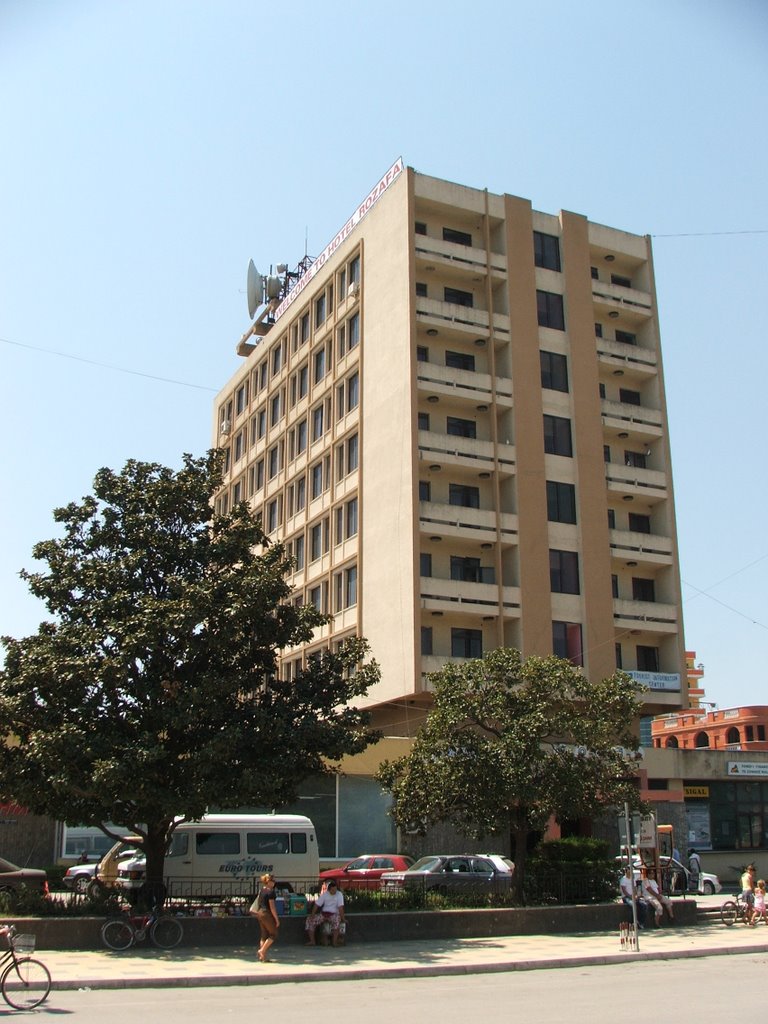 Shkodra Area in Photos
Shkodra Area in Photos
Rozafa Castle and Shkodra City – 42 pictures from one-day trip to Shkodra during holiday in Montenegro, 09/2008
Country of Flying Saucers – everyday life in Albania – Shkodra, 09/2008
Albanian Mountains – 73 images of different mountains, mainly Albanian Alps
More Information
Shkodra In Your Pocket – essential city guide, the newest issue 2006-2007 (pdf, 3,75MB)
Tourist Information Centre – a small privately-run office accessed from the Hotel Rozafa lobby, with a few brochures, maps and postcards. The staff can give basic information and help organise trips and tickets.
Address: Hotel Rozafa, Open 07:00-15:00, 19:00-20:00, E-mail: [email protected]
There are also two other hotels in Shkoder, which are mentioned for their service and hospitality like:
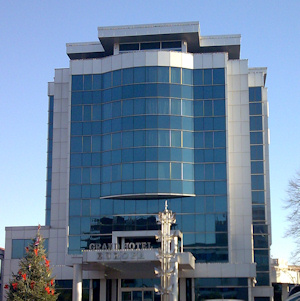 Grand Hotel Europa
Grand Hotel Europa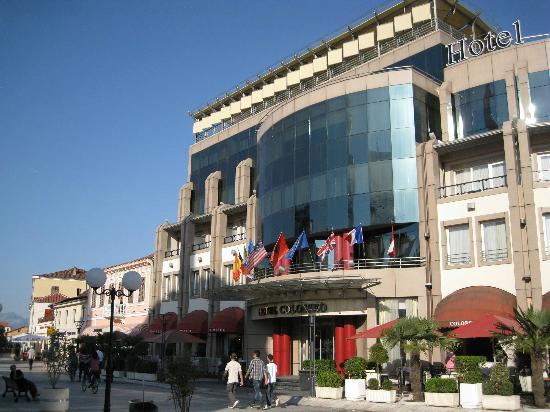 Hotel Colosseo
Hotel Colosseo
